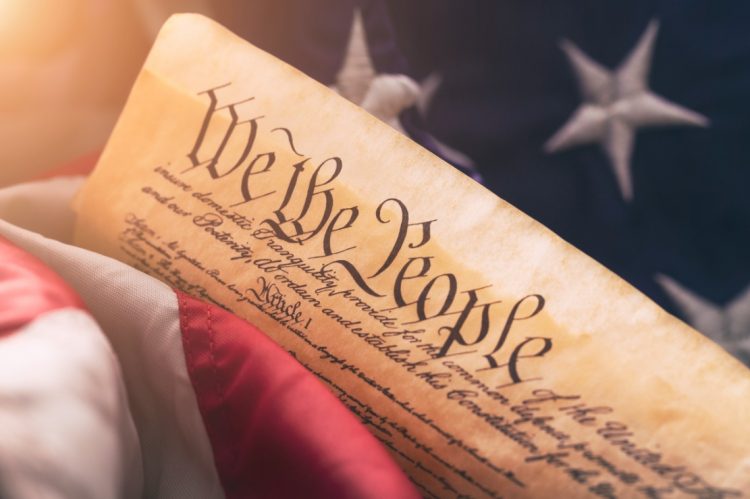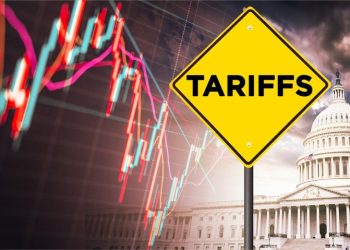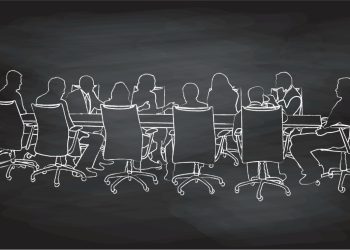Did you know Alexander Hamilton was born in Nevis? Hamilton grew up in poverty, was abandoned by his father and around the age of 13, his mother died, leaving him to fend for himself as an orphan. Despite these hardships, he persevered, and through a penchant for learning and an ambitious spirit, eventually moved to the American colonies and attended King’s College in New York City (now Columbia University). Through incredible song and dance, the show tells Hamilton’s story and impact on American history. Famously, Hamilton was our country’s first Secretary of the Treasury and a Founding Father who promoted the new Constitution throughout the United States.
But today, I want to tell a different story—and I think it’s one Alexander Hamilton himself would’ve enjoyed. This story is also about untapped potential hidden in plain sight, and it happened in 1989.
But first, let’s travel back to 1776 and to a Philadelphia print shop on the night of July 4. The Declaration of Independence had just been triumphantly signed. Earlier in the day, a committee member brought over the manuscript document (possibly, according to the Library of Congress, Thomas Jefferson’s copy of his rough draft) to John Dunlap, the official printer at the time for the Continental Congress. Dunlap completed the task that night and the next day, distributed an estimated 200 printed copies. These “Dunlap broadsides” as they’re now called were thus the first published version of the Declaration of Independence. They were like modern-day press releases, but for the history of our nation. And for a long time, historians believed only 24 copies of the Dunlap broadsides had survived.
Then, one day in 1989, a financial analyst from Philadelphia was visiting a flea market in Adamstown, Pennsylvania when a small painting for sale caught his eye. It was an old, torn depiction of a charming country scene, according to the L.A. Times, and the analyst purchased it for $4 simply because he liked the frame. After he got home, the analyst carefully removed the painting, so he could use the frame and that’s when saw it: a folded-up document stuck between the canvas and the wood backing of the frame. He asked a friend who collected Civil War memorabilia what he thought about the piece of paper, and the friend said he should get it appraised, which is exactly what he did.
And guess what?
That paper stuck behind the ripped-up painting, in the broken, $4 picture frame from the flea market in Adamstown was the 25th copy of the Dunlap broadside version of the Declaration of Independence. In 1991 the document was auctioned off for $2.4 million and then in 2000, it was auctioned off again, this time for $8.14 million from TV producer Norman Lear. It was the highest sale at the time for an American historical document.
So, what’s the message? The story about the Philadelphia analyst and his Declaration of Independence flea market find speaks to the endless opportunities that make the United States of America such an extraordinary place to call home. In America, anything is possible—an orphaned child living in poverty can go on to influence the hearts and minds of our nation, or a financial analyst from Philadelphia can make an unexpected discovery that changes the history of the world. July Fourth is a celebration of freedom, and it’s freedom that allows the impossible to become possible. Freedom lets us make our story whatever we want it to be. As Philip Hamilton says in “Hamilton” the musical: “You can write rhymes but you can’t write mine.”
This article is adapted from Blefari’s weekly, company-wide “Thoughts on Leadership” column from HomeServices of America.












